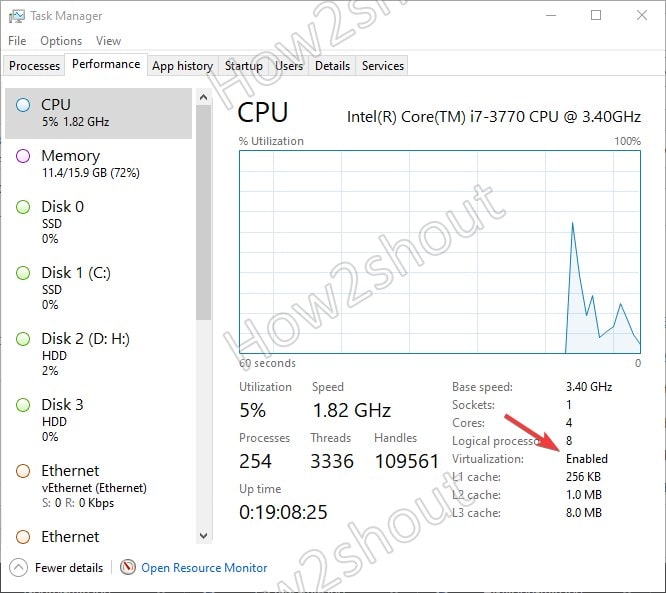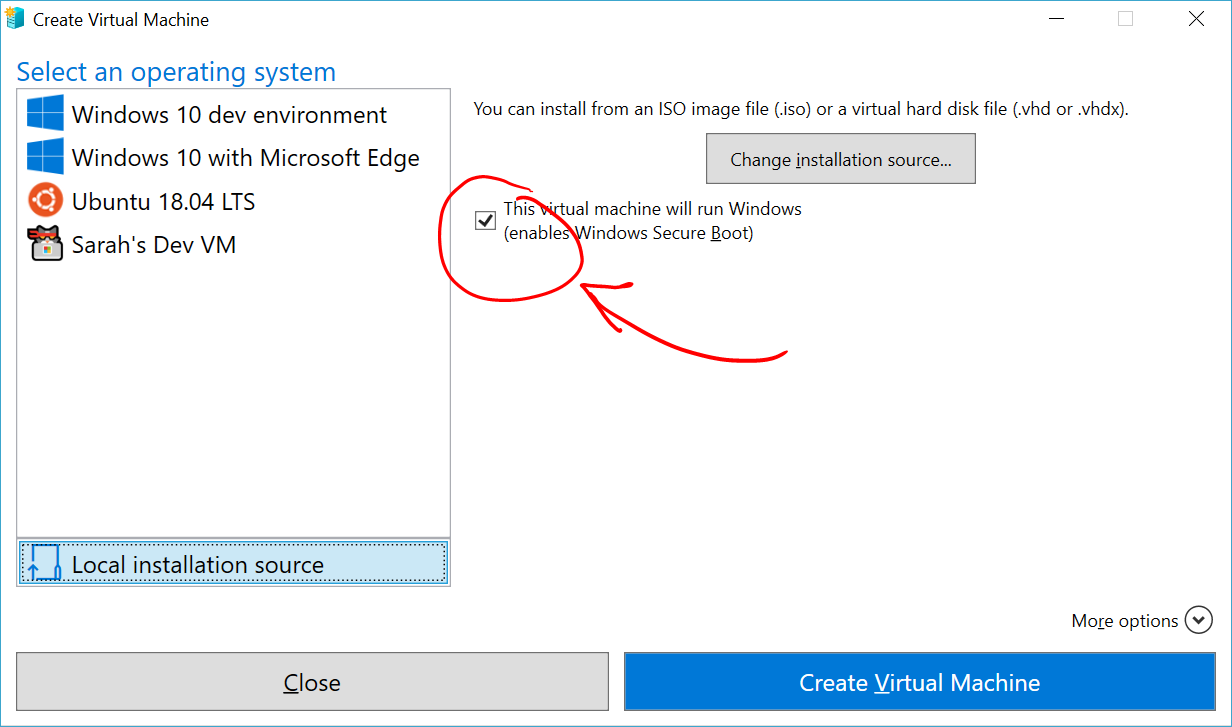

- #HOW TO ADD HYPER V TO WINDOWS 10 HOME HOW TO#
- #HOW TO ADD HYPER V TO WINDOWS 10 HOME INSTALL#
- #HOW TO ADD HYPER V TO WINDOWS 10 HOME FOR WINDOWS 10#
Hyper-V requires some system resources to run its virtual machines. But there are times when enabling virtualization support or installing Hyper-V is not recommended. It can be used to test and evaluate new software without hurting the host system. Sometimes Hyper-V is very useful even for home users. PowerShell Disable-WindowsOptionalFeature -Online -FeatureName Microsoft-Hyper-V -AllĬommand Prompt DISM /Online /Disable-Feature /All /FeatureName:Microsoft-Hyper-V

You can also do this using the command-line:
#HOW TO ADD HYPER V TO WINDOWS 10 HOME FOR WINDOWS 10#
Hyper-V installer and enabler for Windows 10 Home (317 bytes, 34,253 hits)
#HOW TO ADD HYPER V TO WINDOWS 10 HOME INSTALL#
Enable Virtualization Support from BIOS Enable Hyper-V in Windows 10 Homeįollow the steps below to install and enable Hyper-V in Windows 10 Home. You can go to the BIOS setup computer at the startup and enable Virtualization. But some systems have virtualization disabled from BIOS. Most modern computers support all the requirements of Hyper-V. You can check the Hyper-V requirements section. You can check all these requirements by opening the Command Prompt ( Run –> cmd) and running the systeminfo command. There are four basic requirements for Hyper-V to be installed on a Windows 10 computer: Otherwise, you can use other virtualization platforms like Virtualbox and VMWare. Hardware virtualization is required for Hyper-V to function correctly. Does your system support virtualization?īefore moving forward, we need to check if our system supports virtualization.
#HOW TO ADD HYPER V TO WINDOWS 10 HOME HOW TO#
However, using the steps in this article, we’ll show you how to enable Hyper-V in the Windows 10 Home edition. You can’t install it on Windows 10 Home Edition by default. Unfortunately, the Hyper-V feature is only available in Windows 10 Professional and Enterprise editions. It is available on Windows Server Operating Systems but Microsoft has added the Hyper-V functionality to Windows 8.1 and Windows 10.

Hyper-V is Microsoft’s virtualization platform.


 0 kommentar(er)
0 kommentar(er)
